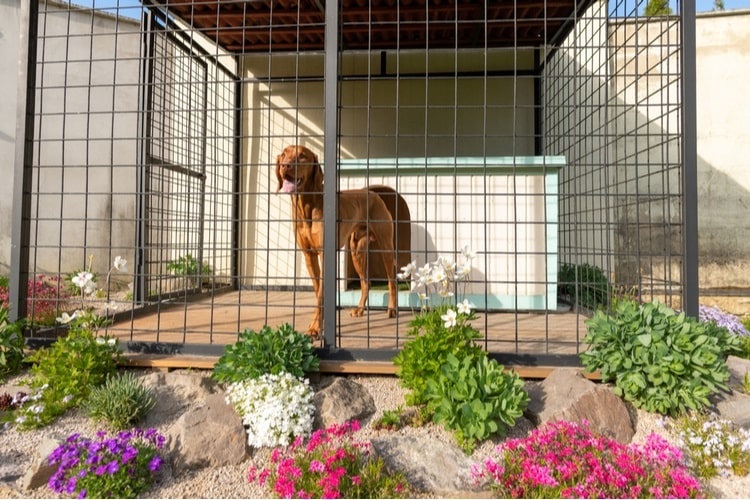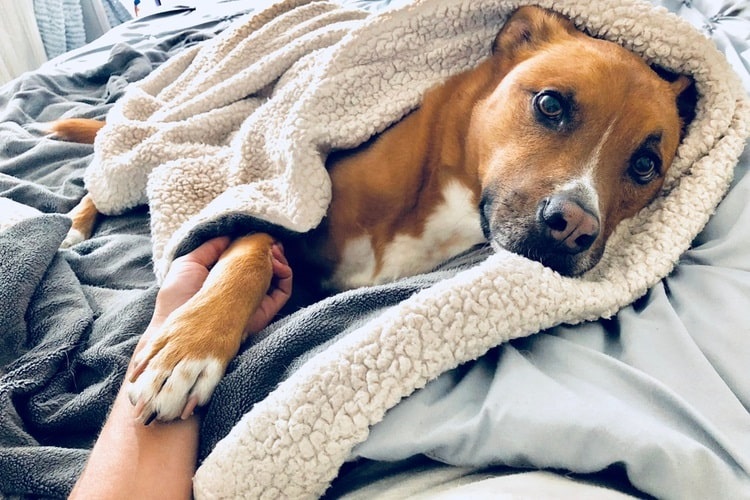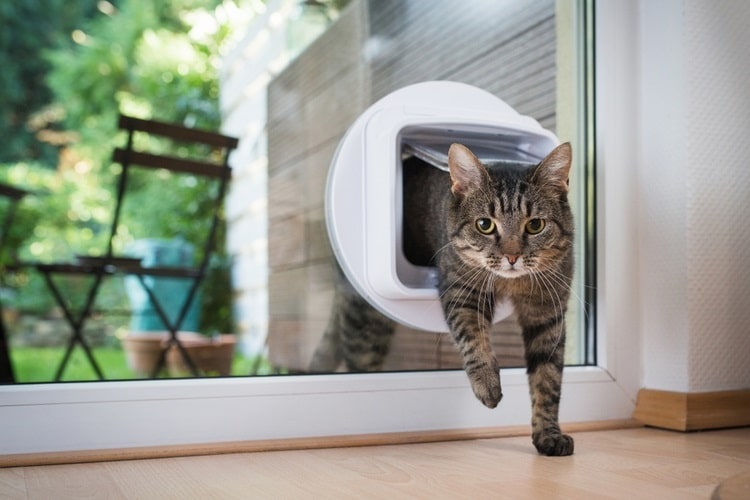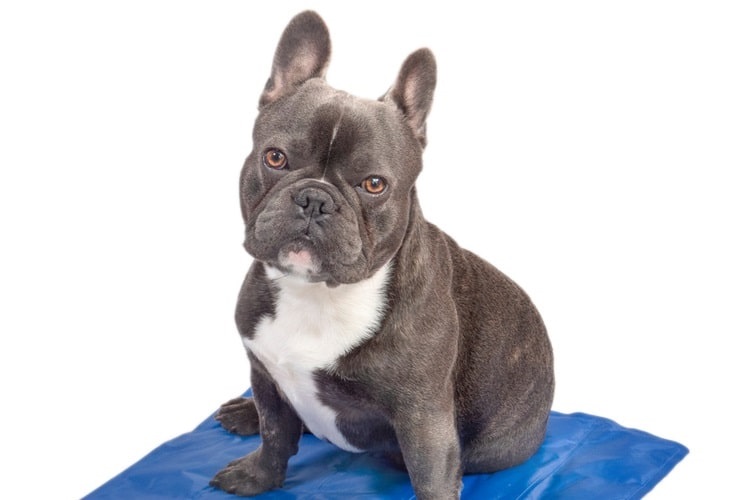8 ways to socialize your new dog — when you have to social distance
Socialization is an important part of a dog’s development. But how can you introduce him to the world when we can’t freely interact with others? Here are eight suggestions to safely socialize your new dog during the pandemic. “There’s no such thing as too much socialization,” says veterinary behaviorist, Dr. Nicholas Dodman. But in the […] The post 8 ways to socialize your new dog — when you have to social distance appeared first on Animal Wellness Magazine.

Socialization is an important part of a dog’s development. But how can you introduce him to the world when we can’t freely interact with others? Here are eight suggestions to safely socialize your new dog during the pandemic.
“There’s no such thing as too much socialization,” says veterinary behaviorist, Dr. Nicholas Dodman. But in the midst of a pandemic when social distancing has become the norm, how can you socialize a newly adopted puppy or dog? If you’ve recently added a new canine companion to your household, read on for some ideas on how to socialize him while keeping your distance from others.
Socialization ideas during COVID-19
1. Expose your new dog to different parts of your home
Take him into parts of the house he wouldn’t normally go so he can explore and sniff. For example, take him into the garage. Pick up a rake and pretend to rake leaves, or push the wheelbarrow. The sound of turning wheels or a scraping rake will help your dog learn about the garage. While he explores, watch for signs of fear or hesitation, and give him a treat to help him adjust and feel that being in the garage is a positive experience.
During the first week after adopting your dog, take him into a new room or area every day so he can be exposed to all the smells, sounds, and sights associated with your home. If he acts afraid, keep sessions short, and remember to start creating positive associations using treats and praises.
2. Dress up as a “stranger”
Because you can’t go out and socialize with your dog the way you normally would, expose him to “strangers” at home. Have someone in your household dress up in hats, scarves, hoodies or sunglasses. When the family member walks into the room, talk quietly to your dog, reassuring him and giving him rewards. Let him sniff the “stranger” and discover that the person is safe. If your pup is skittish, keep trying this exercise over the coming weeks until he becomes more relaxed.
3. Go for car rides
Take your new dog for rides in the car. Make the rides short to start with, and travel to different locations. To begin with, drive through quiet spots. A ride into the a busy area will expose your dog to a lot of new sights and sounds such as horns and sirens, squealing brakes, or loud truck engines; these noises can be overwhelming at first, so avoid them if possible. Take your dog near school buildings so he can hear kids playing outside, or to rural areas where he will see and hear cows, horses, and farm machinery. Keep reassuring him, and give him treats so he learns that car rides are a pleasant experience.
 4. Create obstacle courses
4. Create obstacle courses
Another way to help socialize your dog is to let him navigate different obstacles in your house or yard. Let him walk on different textures like rugs, wooden floors, a deck or concrete sidewalk. Guide him on a walk under a table or around the sofa, letting him learn how to adapt to the different obstacles. Never force him to do something, however, as it can make him fearful and sometimes even aggressive. Always talk in a calm voice, reassuring your dog, and using lots of healthy high-value treats. This will help him feel safe and at ease as he explores.
Another idea is to take your dog to an empty playground and let him sniff and walk around on the different surfaces. If he seems timid, toss treats on the various surfaces to encourage him to try walking on them.
5. Walk him around your neighborhood
Taking your dog on walks around the neighborhood will also help him experience new things. Let him walk on the grass or around a tree. Always watch his body language to observe how he’s feeling, and if he acts scared, keep reassuring him in a calm voice. While maintaining a proper distance, stop and greet a neighbor during the walk. Tell him to sit, and give him treats while you have a short chat with your neighbor. Give him lots of praise as you continue on your walk. Making the walk a positive experience will help your dog learn to enjoy different sights, sounds, and people.
 6. Meet other dogs
6. Meet other dogs
“Dogs enjoy the company of other dogs, and learn from them,” says Dr. Dodman. “They play rough and learn signals from each other.” Invite other dog parents to bring their dogs to your backyard to play with your new canine. You’ll need to socially distance, of course. At first, keep all the dogs on leashes and allow them sniff one another. Your dog may be hesitant at first, but if the others continue to come over for visits, he will grow more comfortable around others of his kind
As your dog grows comfortable with the visits, remove the leashes and allow the dogs to play together. Just be sure to supervise them, and keep play time short to ensure your dog is handling the socialization well.
7. Prepare your dog for his first vet visit
Since trips to the veterinarian will be a regular occurrence during your dog’s life, he needs to be prepared for his first visit. Get him used to having his paws handled to help ready him for nail trims. Gently play with your dog’s back, tummy, and tail to prepare him for being examined. Remember to give him lots of praise and treats so he will develop a positive association with this type of handling.
8. Expose him to different sounds
Your dog needs to adapt to hearing a lot of different sounds, both inside and outside your home, so expose him to as many as you can. Play music, ring the doorbell, and allow the microwave to ding while he eats, plays, or even sleeps. If he acts afraid, turn down the music or try again later. Again, provide him with praise and treats to make noises a positive experience.
Socializing your new puppy or young dog helps him learn about the world around him. Doing this during COVID-19 is certainly challenging, but there are lots of creative ways to accomplish it. Hopefully, the ideas in this article will inspire you to provide your dog with lots of positive experiences so he can grow into a confident, well-adjusted dog.
The post 8 ways to socialize your new dog — when you have to social distance appeared first on Animal Wellness Magazine.















